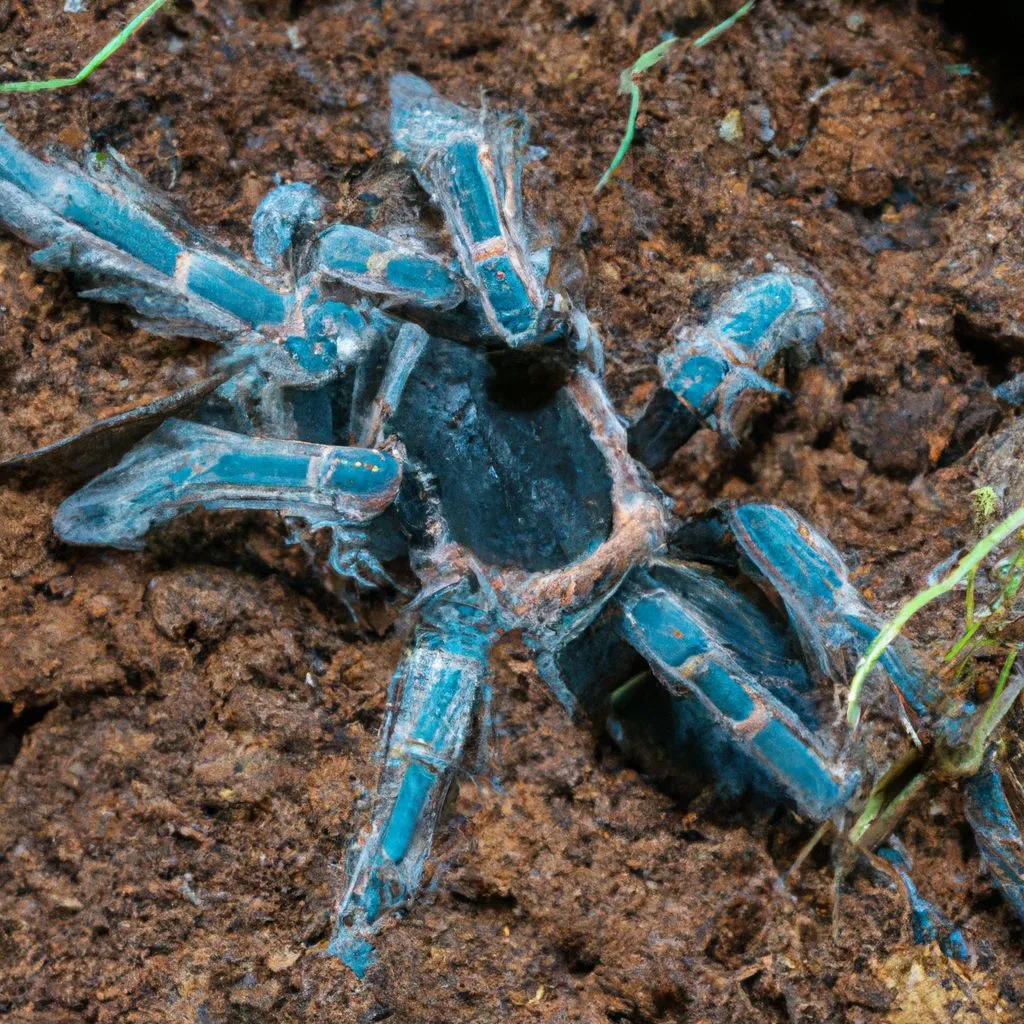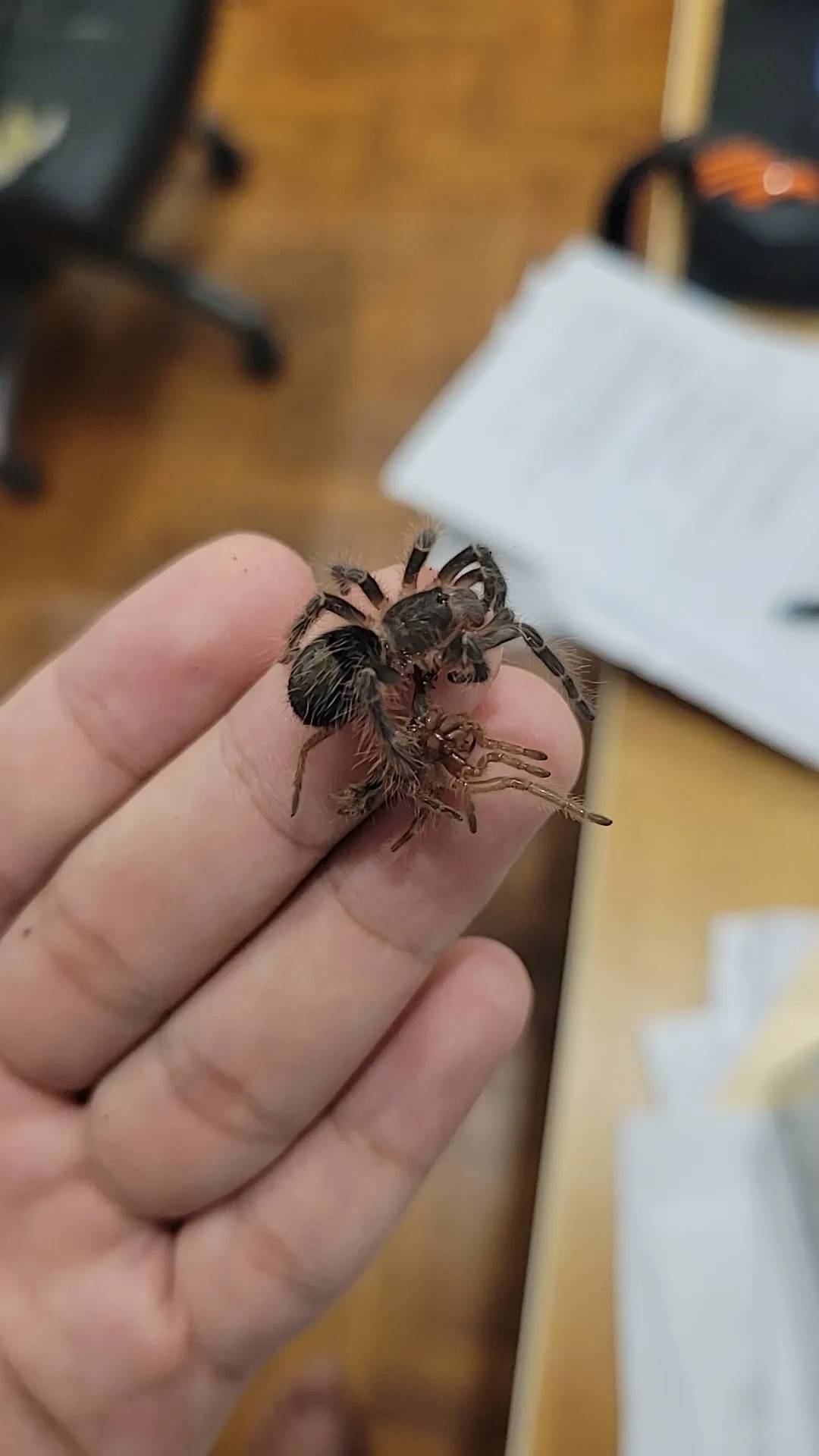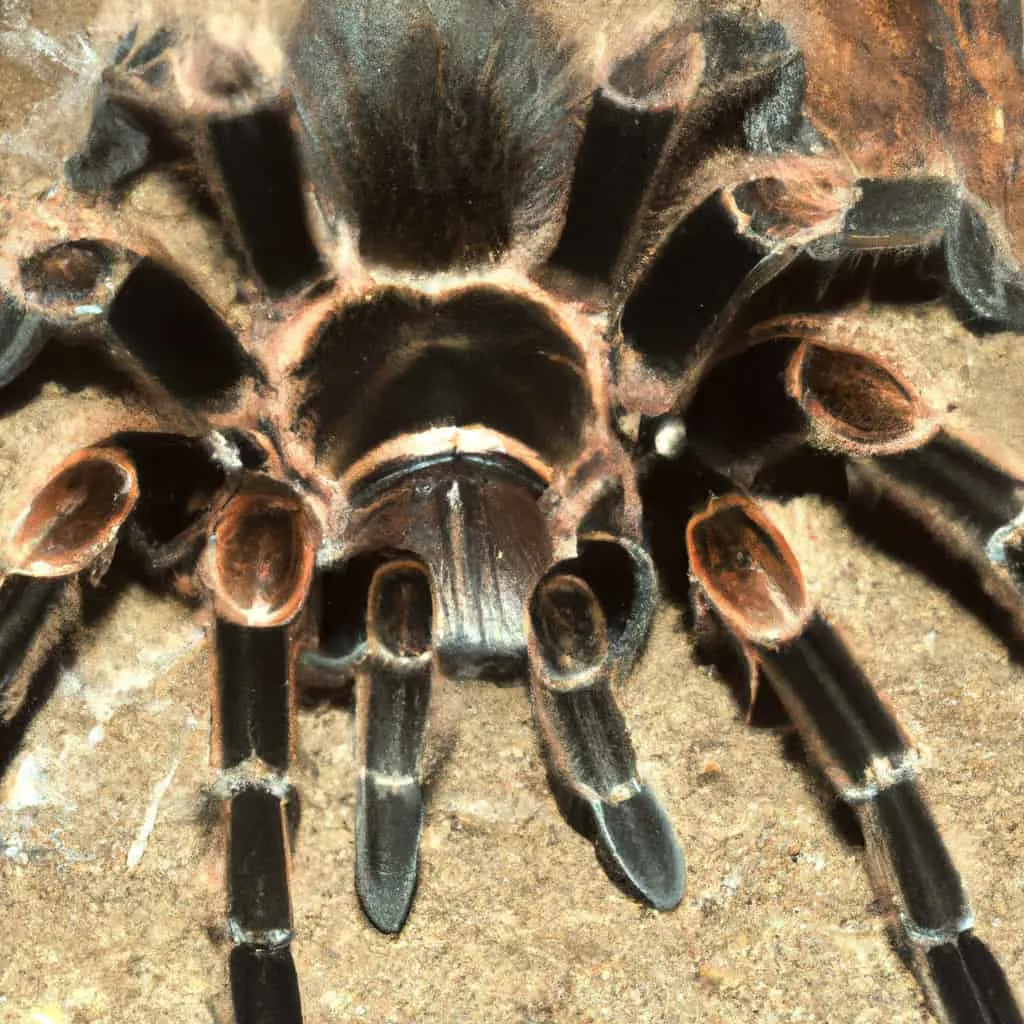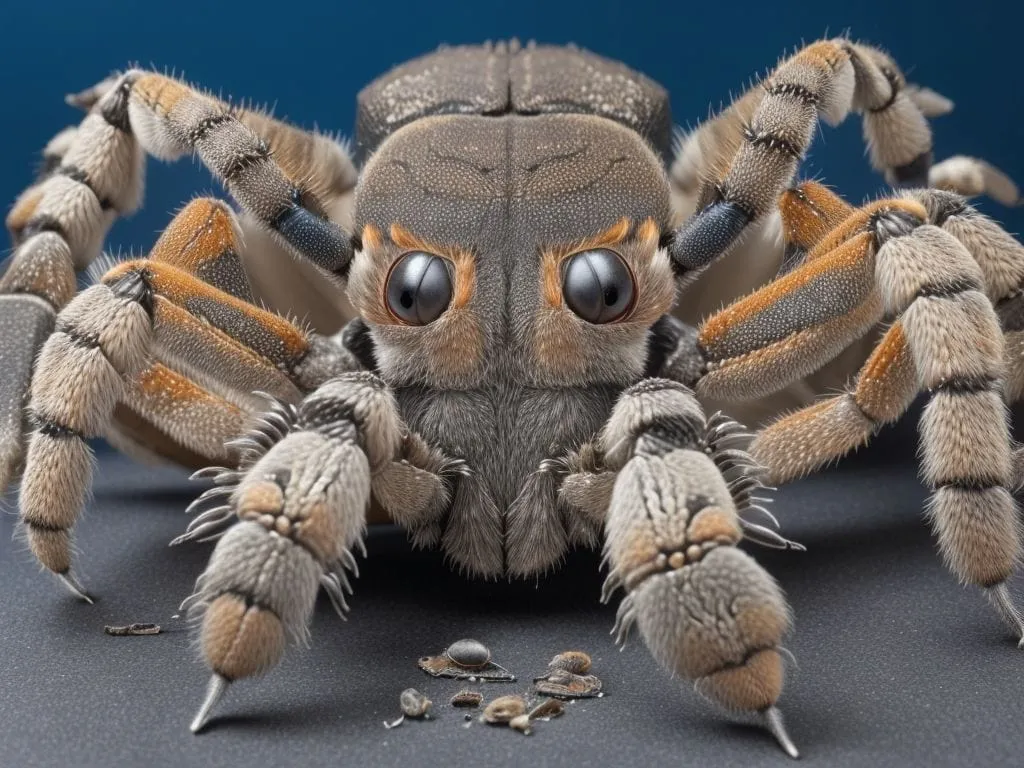What is Molting in Tarantulas?
Molting is a crucial biological process in the life of a tarantula, much like shedding skin for snakes or outgrowing a shell for crustaceans. It’s the process where the tarantula sheds its exoskeleton, which is the hard, protective outer layer that covers its body. This exoskeleton, made of chitin, doesn’t grow with the spider, so as the tarantula grows, it must molt to replace it with a larger one. This process allows the tarantula to grow bigger and also replace any lost limbs or damaged body parts. Molting is a vulnerable time for the tarantula, making it a delicate process that requires a healthy environment and careful handling.
Why Do Tarantulas Molt?
Tarantulas molt for several essential reasons, primarily to facilitate growth. Their exoskeletons are rigid and don’t expand. As a tarantula matures, it needs a larger ‘suit’ to accommodate its increasing size. Molting provides the opportunity for this growth. Additionally, molting allows the tarantula to regenerate lost limbs or repair damaged parts. If a tarantula loses a leg or suffers other injuries, the next molt can often restore the missing or damaged appendages. Finally, the molting process also helps the tarantula shed internal parasites or other unwanted organisms that might be residing on or within its exoskeleton, thus maintaining its health and hygiene.
The Molting Process Explained

The molting process is a fascinating and delicate undertaking. It begins with the formation of a new, soft exoskeleton beneath the old one. The tarantula stops eating and becomes lethargic, signaling it’s preparing to molt. The spider then positions itself on its back, a posture that allows it to shed its old exoskeleton more effectively. The old exoskeleton splits open, usually along the carapace (the top part of the cephalothorax), and the tarantula slowly wriggles out of its old shell, often leaving behind a perfect replica of itself, including the old fangs, spinnerets, and even the lining of its digestive tract. The new exoskeleton is initially soft and vulnerable, gradually hardening over several days to weeks, depending on the size and species of the tarantula.
Fact 1 Factors Affecting Molting Frequency
The frequency with which a tarantula molts is influenced by a variety of factors. The most significant is age; younger tarantulas, in their rapid growth phase, molt much more frequently than adults. Nutrition plays a crucial role; a well-fed tarantula has the energy and resources required for successful molting. The type of tarantula also matters, as different species have different growth rates and, consequently, varying molting schedules. Environmental conditions, such as temperature and humidity, can also influence the molting process, with optimal conditions supporting more regular molts. Genetics also plays a role, with some individuals naturally molting more or less frequently than others within the same species.
Fact 2 Molting Frequency in Spiderlings
Spiderlings, the youngest tarantulas, molt very frequently to accommodate their rapid growth. They may molt every few weeks, sometimes even monthly, depending on the species and the availability of food. This frequent molting allows them to quickly increase in size, moving through various instars (developmental stages) in a relatively short period. During this phase, it’s crucial to provide ample food and a stable, appropriate environment to support these frequent molts. The high frequency of molting in spiderlings makes them particularly vulnerable, so care should be taken to avoid disturbing them during this period and to ensure the environment is optimal for a successful molt.
Fact 3 Molting Frequency in Juvenile Tarantulas

As tarantulas reach the juvenile stage, the molting frequency begins to decrease. Juvenile tarantulas may molt every few months, depending on their growth rate, species, and environmental conditions. This phase is characterized by continued but slower growth compared to the spiderling stage. During this time, the tarantula is still developing, and each molt brings it closer to maturity. Maintaining a consistent feeding schedule and a stable environment are key to supporting their healthy development. Careful observation for signs of an upcoming molt is important to avoid unnecessary disturbance, which could stress the tarantula and potentially interfere with the molting process. The period between molts gradually extends as they get closer to adulthood.
Fact 4 Molting Frequency in Adult Tarantulas
Adult tarantulas molt much less frequently than juveniles or spiderlings, sometimes only once a year or even less often. The primary purpose of molting in adults is no longer growth but to replace old exoskeletons and potentially regenerate lost limbs. The frequency varies depending on the species and the individual tarantula’s overall health and conditions. For female tarantulas, molting frequency might be influenced by egg production, with some females molting after laying eggs. It’s crucial to provide adult tarantulas with a stress-free environment and avoid any unnecessary disturbances during this period. Once they reach adulthood, molting frequency can slow down dramatically, and some may only molt a few times over their remaining lifespan.
Fact 5 Signs Your Tarantula is About to Molt
There are several telltale signs that indicate a tarantula is preparing to molt. One of the most common is a change in behavior; the tarantula may become less active, stop eating, and spend more time hiding. The abdomen may appear darker or more distended, and the exoskeleton can look duller or lose its vibrancy. You might also observe the tarantula sealing itself off in its burrow or web, creating a secure environment for the upcoming molt. Sometimes, you may notice the tarantula’s legs twitching or jerking. If you see these signs, it’s essential to avoid disturbing the tarantula, maintain optimal environmental conditions, and provide fresh water, allowing the molting process to proceed undisturbed.
Post-Molting Care for Tarantulas

After molting, a tarantula’s new exoskeleton is initially soft and vulnerable. It’s crucial to provide a safe environment and allow the tarantula time to recover. Avoid handling the tarantula for several days or even weeks, depending on its size and species, until the exoskeleton has fully hardened. Ensure the enclosure has a stable temperature and humidity level suitable for the species. The tarantula may not eat for a few days or weeks after molting, but it’s essential to offer food once the fangs have hardened and it shows interest. Provide fresh, clean water and monitor the tarantula’s behavior for any signs of stress or illness. It’s a delicate time, and patience is key to ensuring a successful recovery.
How to Provide Optimal Environment
Creating an optimal environment is crucial for successful molting. Maintain the correct temperature and humidity levels for the specific tarantula species; this often involves using a heat source and a hygrometer. Provide a substrate that is appropriate for burrowing species. Ensure the enclosure is clean and free from any hazards, such as sharp objects, that could harm the tarantula during molting. Avoid drafts and vibrations that could stress the tarantula. Provide a water dish with fresh water, and make sure the tarantula has access to a hide or burrow where it can feel secure. Regularly monitor the environment and adjust it as needed to maintain the ideal conditions for molting and overall well-being. A proper environment reduces the stress on the tarantula, increasing the chances of successful molts.
Handling and Feeding after Molting
After a tarantula molts, it’s essential to exercise patience and caution. Do not handle the tarantula until its fangs and exoskeleton have fully hardened, which can take several days or weeks. This prevents injury to the vulnerable tarantula. When the tarantula is ready to eat, offer appropriately sized prey, such as crickets or roaches, but do not overfeed. Start with a small amount of food and monitor the tarantula’s appetite. Be sure to remove any uneaten food to prevent mold growth. Provide fresh water, and continue to observe the tarantula for any signs of stress. The recovery period is a critical time for the tarantula, so providing the right care is critical to its health.
